 I first wrote this article for Buzzfeed here.
I first wrote this article for Buzzfeed here.
As someone who was raised in Zimbabwe, I’m amazed that a lion from our little-known African country has captured the sensitivities of people worldwide. Cecil has been the top trending topic on Facebook, and his hashtag #CecilTheLion gained 670K tweets in 24 hours. Here are some extra facts that you should read if you’ve been following Cecil’s story.
1. Cecil lived in Hwange, Zimbabwe’s biggest National Park.
Hwange (with a silent ‘h’ and an accent on the ‘e’) is the third largest park in Africa, at a size of 14,651 km², slightly bigger than Connecticut. It was named after a local chief and is said to have once been an occasional hunting ground for the Ndebele King, Mzilikazi. Hwange has a huge range of wildlife (over 108 mammal species and 400 bird species) which makes it an amazing place to go on safari.
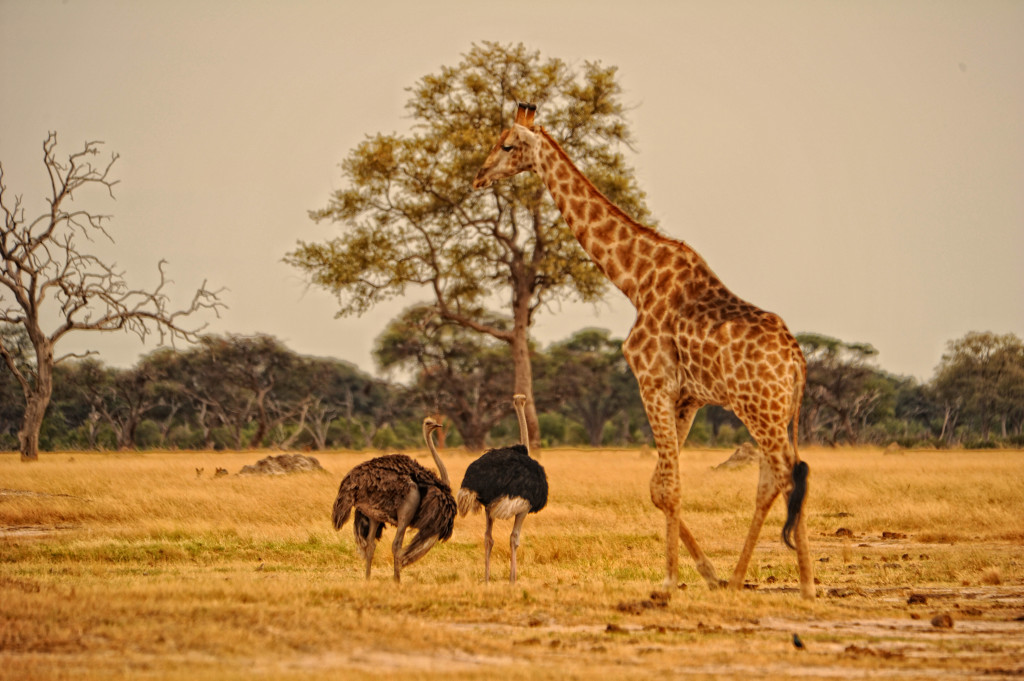
Source: African Bush Camps.
2. Cecil was a stud.
At one point, Cecil was the head of a 22-member pride of lions – a force to be reckoned with, in the lion world. Two years ago he was overthrown by younger males, and in response he teamed up with another lion to re-establish a new pride. His current pride contains three lionesses and six cubs – and they are now in danger.
Now that Cecil is dead, another group of male lions is likely to take dominance by killing his cubs. David McDonald, one of Cecil’s researchers at Oxford University, told Nature magazine that “one less lion can lead to the deaths of many other lions, as well as a reshuffling of their local spatial organization and society”.
3. Cecil was enormous.
An average male lion is around 189kg (418lb), but Cecil was 220kg (485lb), according to the Telegraph, and he was heralded “the biggest lion in Zimbabwe”. His massive frame meant that he wasn’t afraid of humans. Often, safari vehicles had to drive off the road to avoid him, rather than the other way around. This lack of fear also meant that visitors got to see Cecil up-close, something that must have been an awe-inspiring sight.
4. Cecil’s killing has brought trophy hunting into the limelight.
There is an argument that trophy hunting can aid conservation because it raises vast funds which can benefit local habitats and communities. However, it can be difficult to control, especially in countries where corruption is rife. It also sends the message that it’s OK to kill an animal for fun, as long as you pay enough money. WILDCRU, the team that was researching Cecil, states that “Hunting today employs relatively few people (and only employs them seasonally) whilst not contributing to infrastructure development and community upliftment relative to the photo-safari industry and relative to the damage it causes.”
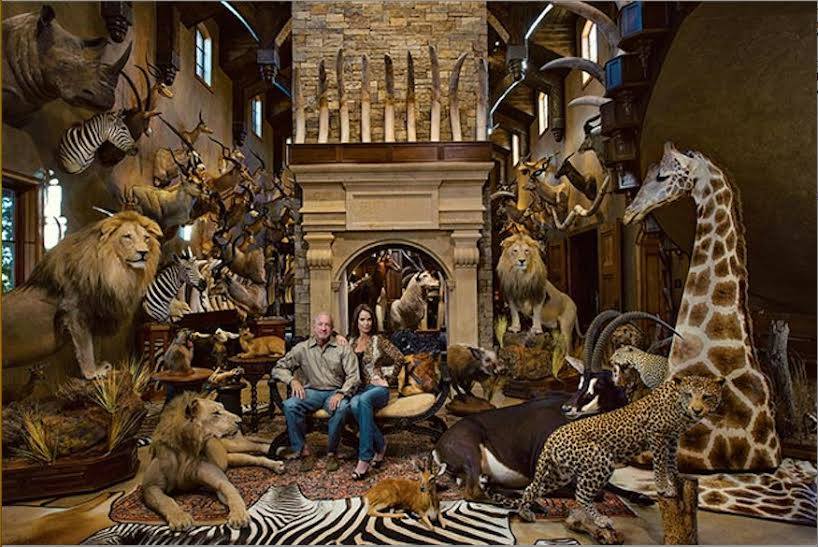
Source: Lion Aid
5. Cecil is not the only victim of injustice in Zimbabwe.
Last month there was a report about lowering the age of consent to 12 in Zimbabwe, which would leave young girls open to untold cruelty, if enforced. A Zimbabwean journalist and dissident of Robert Mugabe, Itai Dzamara, has been missing since March. Thousands of Zimbabwean children can’t afford to go to school. Just days ago, the Zimbabwean government sold wild elephant calves to Chinese zoos where they have reportedly been mistreated. These stories, and countless others, also deserve to be decried by the world.
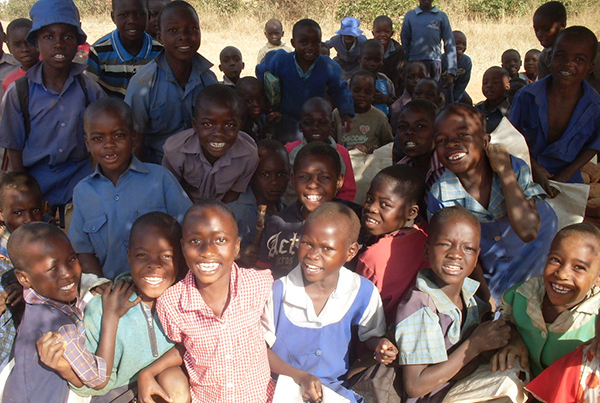
Source: Zimbabwe’s Children
6. Cecil is not the only Hwange lion to be killed outside the park.
Hidden beneath Cecil’s mane was a GPS tracking collar, which allowed researchers at Oxford University to trace his last movements. The researchers say that over 70% of the male lions in their study have been killed outside the park borders, which doesn’t bode well for Hwange’s lions.
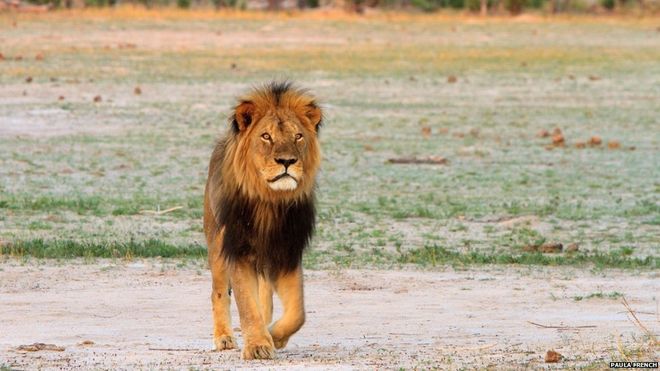
Source: BBC/Paula French
7. Even in death, Cecil is a wildlife ambassador for Zimbabwe.
For the lucky ones who saw Cecil during their visits to Zimbabwe, he showed them the wonders that could await them if they returned. For the many people who are outraged at his killing, he is a reason to visit Zimbabwe for the first time. Cecil is a reminder for people get out there and see lions in the wild where they belong, and to support the industries that place more value on a live lion than a dead one.
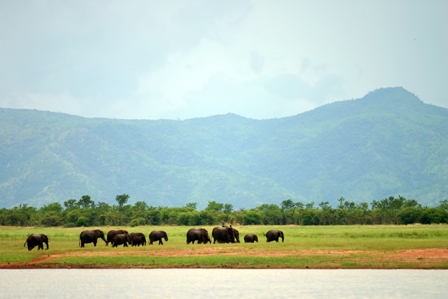
Source: Zimbabwe Parks and Wildlife Management Authority
8. The roar of Cecil’s fans has sent a powerful message.
The public outcry that has resulted from Cecil’s death sends a message to those in power that the world still cares about the voiceless. If a lion from an obscure African country can cause such a loud call for justice, imagine what else can do the same.
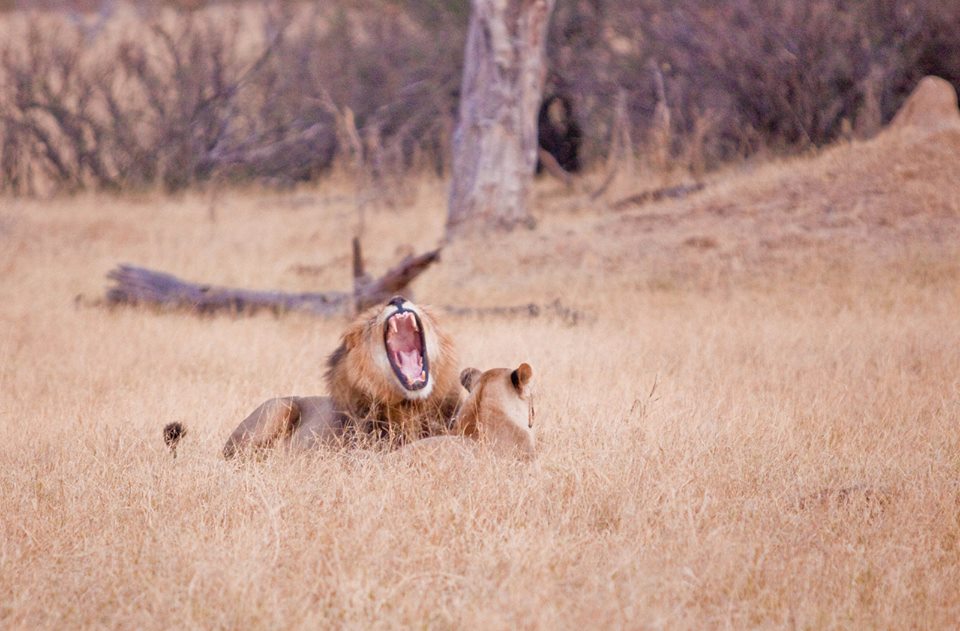
Source: Mark Robinson via Facebook
Check out the following:
- Photos of Cecil the Lion taken by 500px photographers
- WILDCRU – works with Oxford University to conserve lions like Cecil
- Cecil the Lion Facebook page
- Cecilthelion.org
- Beware of lion walking experiences in South Africa
- The Telegraph’s report on Cecil the Lion
- What lion? – Some Zimbabweans’ responses to Cecil’s death
- Are we losing our humanity? A South African’s response to the Cecil media outcry
- Cecil was not my beloved but his death made me think

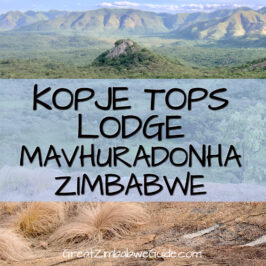
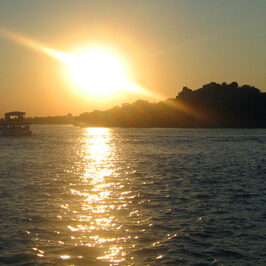

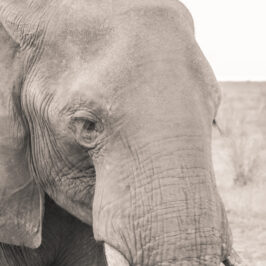

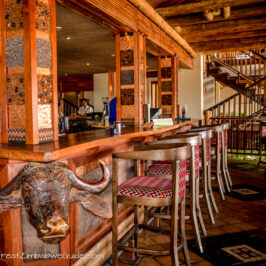
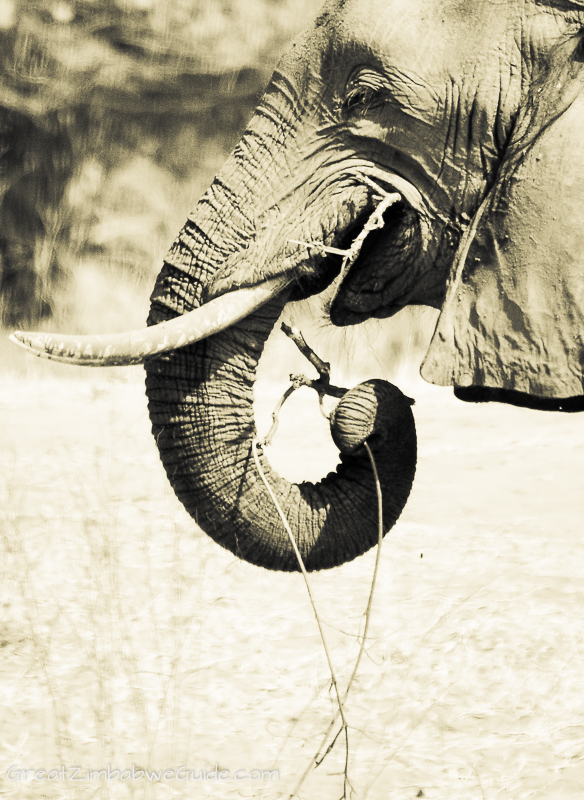
Leave a Reply